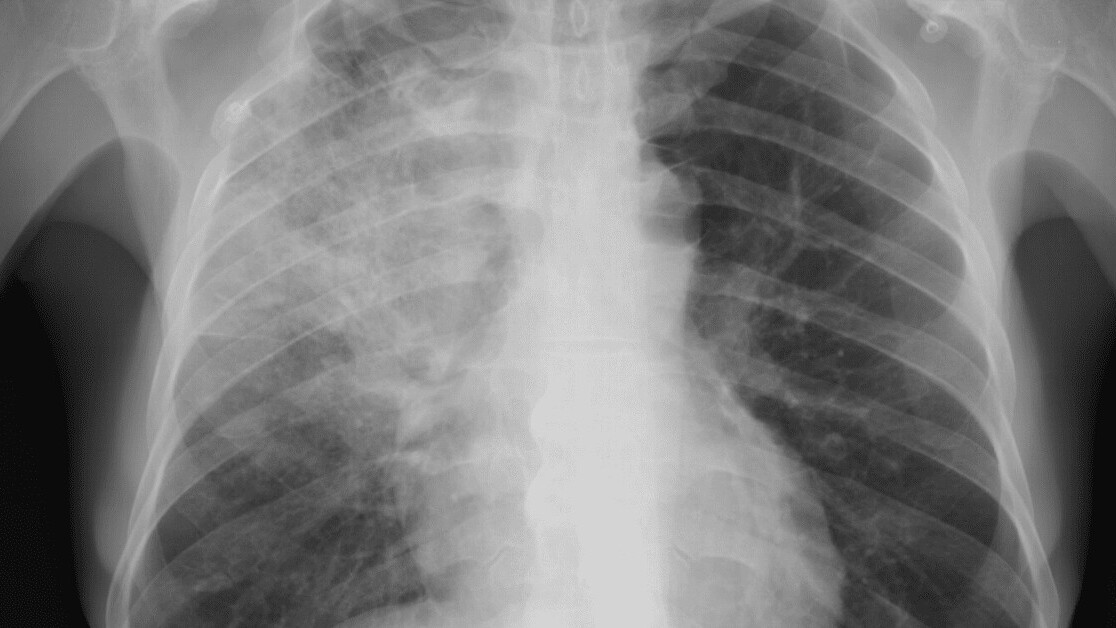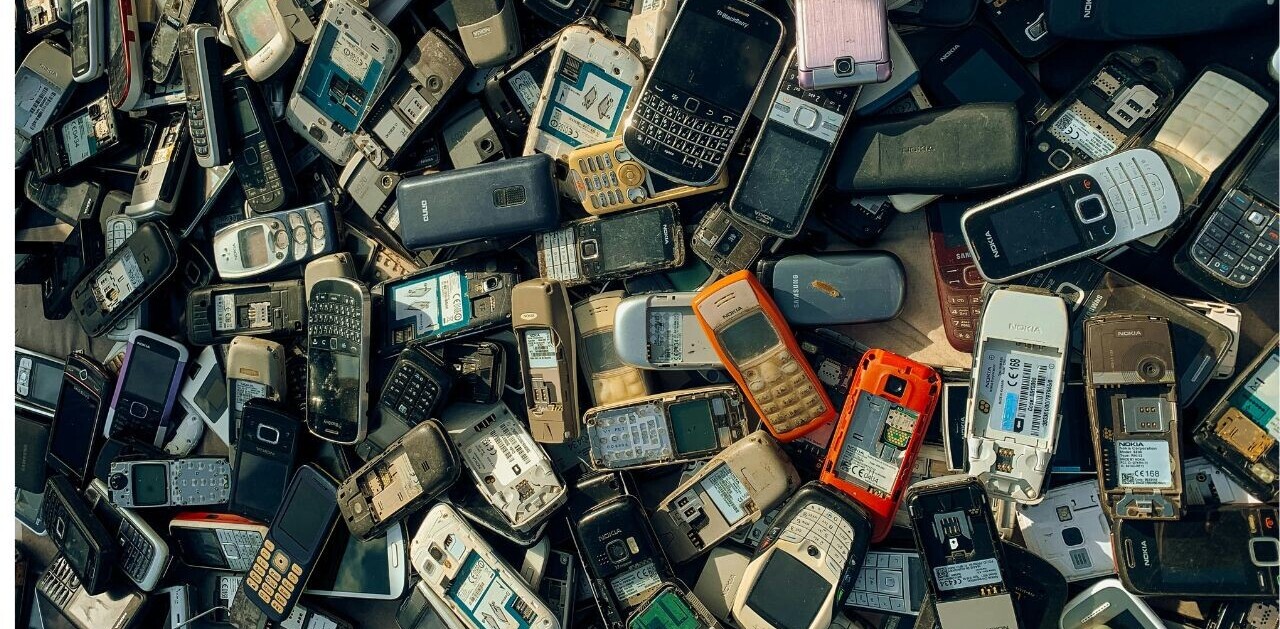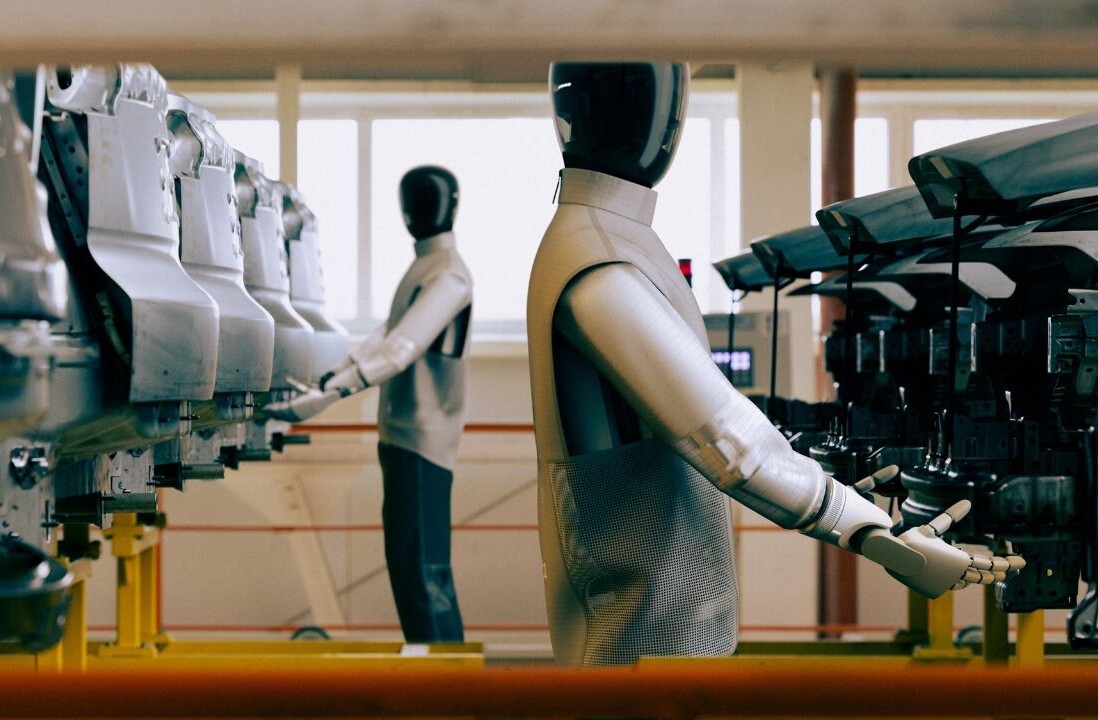X-rays reveal the horrific damage the coronavirus does to the lungs.
Images released by the Radiological Society of North America show how the virus fills the lungs with sticky mucus. This makes it hard to breathe as there’s little space remaining for fresh air to enter.
These effects have led a host of tech firms to release AI systems that can detect signs of the infection in the lungs.
Their rationale is straightforward: AI, and in particular deep learning, has had some of its biggest successes in classifying features in images. If it can pick out details from high-resolution photos, it could also spot symptoms of the coronavirus in X-ray images and CT scans.
[Read: Fantastic! CIA-funded Palantir is helping the NHS plan its coronavirus response]
The bold claims of IT vendors suggest the theory is correct.
One of the most prominent among them is Chinese tech giant Alibaba. The company says its AI system can distinguish between the coronavirus and viral pneumonia with 96% accuracy — and it only takes 20 seconds to make the diagnosis.
Still, not everyone is convinced that these systems are effective.
Critics argue that at best, they’re tools of unproven value. At worst, they’re cynical attempts to profit from a pandemic.
Problems with AI
Most of the images the systems are trained on are of advanced infections, which means they’re less effective at detecting early signs of the virus. They can also struggle to distinguish between the coronavirus and other health issues that present similar symptoms in the images.
In addition, there’s a risk that the infection could be spread by contaminating image analysis equipment.
These issues have led the American College of Radiology to recommend using CT scans sparingly in hospitalized patients, or via portable devices outside health care facilities.
The Centers for Disease Control (CDC) echoes these concerns. The US health protection agency doesn’t recommend using CT scans to detect COVID-19. Instead, it says that viral testing remains the only specific method of diagnosis.
But the shortage of these testing kits has added to AI’s appeal.
A complementary tool?
Canadian startup DarwinAI is another company using AI to detect coronavirus in chest radiography. But CEO Sheldon Fernandez is more measured about the benefits.
“It’s not as conclusive as the classical PCR [polymerase chain reaction] test, which is how you absolutely, definitively know somebody has contracted corona. And we never claim that X-rays are definitive,” he says.
What we’re saying is, given the limitations around the classical test, the chemicals you need, the lack of resources, the expertise you need to carry it out, the time it takes to turn around a result, this is a complementary tool that will give you a statistical answer in a very quick period of time.
Rather than keeping the system a trade secret, DarwinAI has open-sourced the tech and invited the research community to add to the data.
Just one week after the release of the COVID-Net system, contributions from medical professionals and data scientists have helped the company build a dataset of 16,756 chest X-Rays across 13,645 patient cases.
The system is currently a protoype, but DarwinAI is working with government organizations in Canada to raise funding to operationalize it.
Fernandez hopes this gets COVID-Net in hospitals within weeks. But he stresses that it’s just a complementary tool that can increase access to screening.
For now, the system remains a reference model that can support new innovations in the fight against the coronavirus, rather than a medical product or a self-diagnosis tool.
“Is it going to be is going to be the be-all and end-all? Absolutely not,” admits Fernandez. “It’s just one tool that our community is trying to give to another community in service of their work.”
That may not match the grandiose claims of other tech firms. But acknowledging the limits of AI in detecting the coronavirus will help ensures it’s used effectively. Placing too much faith in its power could have dangerous repercussions.
Get the TNW newsletter
Get the most important tech news in your inbox each week.





